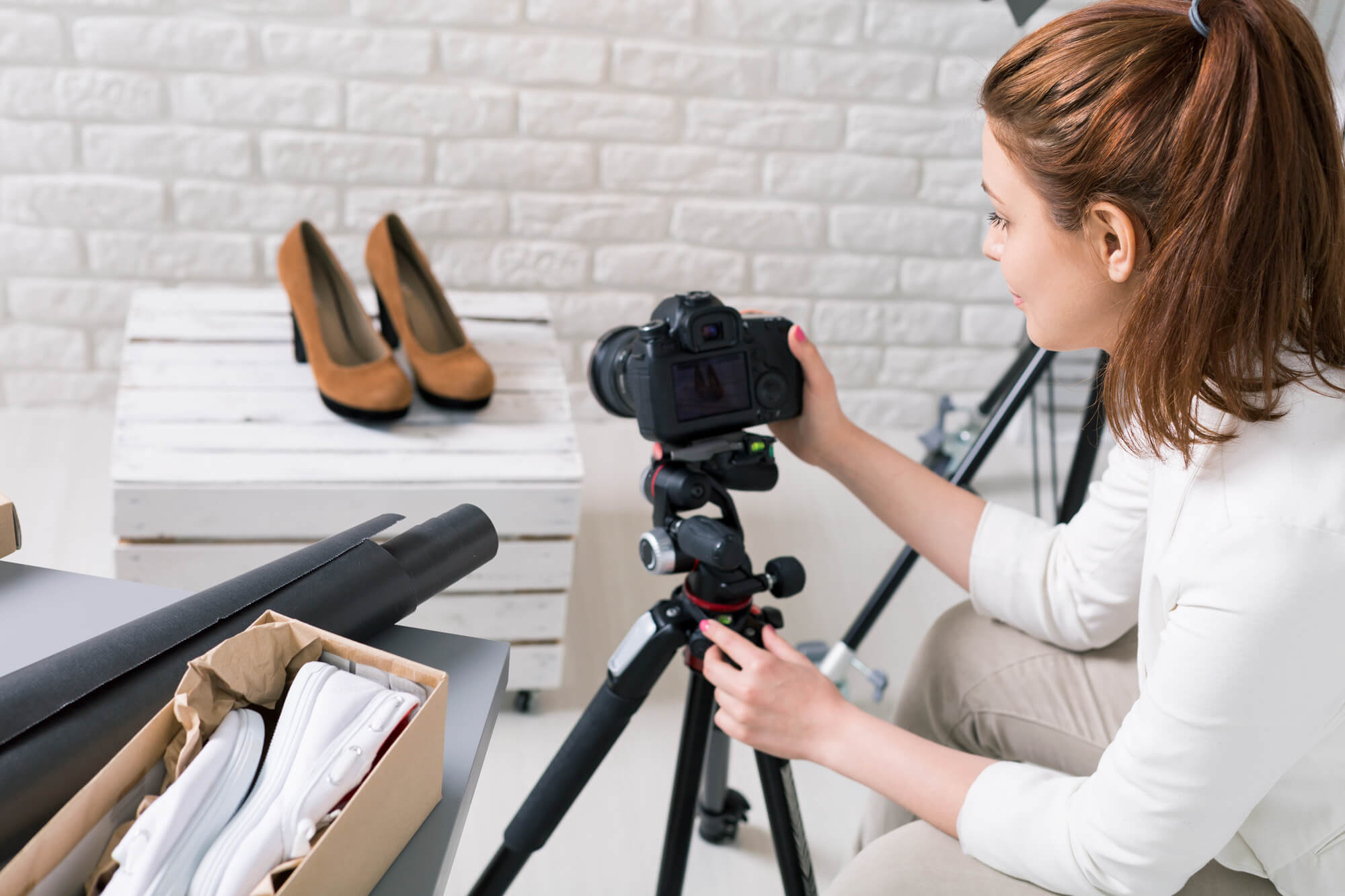In today’s competitive digital marketplace, a brand’s visuals are more than just supporting material—they are the core of its identity. Whether it’s a sleek fashion store, a jewelry brand, or a gourmet food business, customers rely on images to evaluate quality before they ever touch a product. This makes professional product photography, combined with emerging artificial intelligence (AI) solutions and interactive tools like virtual try-ons, absolutely essential for success.
With online shopping growing at record speed, businesses that fail to invest in compelling imagery risk losing customers to competitors who better capture attention through high-quality visuals. This article explores why brands should still hire a product photographer, how specific photography styles such as flat lay apparel and jewelry photography shape consumer perceptions, and how advanced tools like AI outfit generators are transforming online shopping into an interactive experience.
Why Hire a Product Photographer in the AI Age?
The rise of product photography AI tools has given businesses a faster way to generate, edit, and enhance images. While these tools are incredibly powerful, they don’t completely replace the creative touch and storytelling ability of human professionals.
When you hire a product photographer, you’re investing in more than just photos—you’re buying expertise in lighting, composition, and mood that communicates your brand’s story. A professional knows how to capture textures, highlight product details, and create images that resonate emotionally with buyers.
For instance, in advertising photography, it’s not enough for a product to look sharp—it must look aspirational. A skilled photographer can stage a lifestyle shot that places your product in context, encouraging customers to imagine it as part of their daily lives. This is particularly true in e-commerce photography, where images are the only sensory input a shopper has before purchasing.
Flat Lay Apparel Photography: A Simple Yet Effective Trend
Fashion brands often struggle to present apparel in ways that feel engaging but not overwhelming. One method that continues to dominate the online retail space is flat lay apparel photography. By laying clothing pieces flat and shooting them from above, brands can showcase fabrics, textures, and pairings in a clean, aesthetically pleasing manner.
This approach works exceptionally well for digital catalogs and social media platforms like Instagram, where uniformity and style consistency are key. A flat lay not only highlights the product but also allows room for creative arrangements—such as accessorizing a shirt with jewelry or layering outfits for seasonal promotions.
More importantly, flat lay images are cost-effective. Unlike on-model shoots that require additional logistics, they are faster to produce while still delivering professional, high-quality results. For startups or small brands, flat lay photography can serve as the perfect balance between budget and impact.
Jewelry Photography and AI Enhancements
Jewelry is among the trickiest products to photograph. Its reflective surfaces, fine details, and sparkle require specialized lighting and equipment. Professional jewelry photography often involves macro lenses, diffused lighting, and painstaking adjustments to capture brilliance without glare.
However, technology is making this process easier. AI jewelry photography tools now assist photographers and brands in retouching images quickly, enhancing shine, and even simulating different light conditions. Where once multiple photoshoots were necessary, AI can now create variations with just a few clicks.
This doesn’t mean AI eliminates the need for professional photographers. Instead, it complements their work by speeding up editing workflows and ensuring images are consistent across platforms. Luxury brands, in particular, still prefer the artistry of human-directed shoots but rely on AI photo editing tools to streamline delivery.
How AI Is Reshaping Product Photography
The rise of AI photography software is reshaping how businesses approach visuals. Features like automated background removal, smart cropping, and style adjustments are allowing even small businesses to achieve professional-quality imagery without a full studio team.
Some of the most popular applications of product photo AI include:
-
AI product photography for generating realistic product renders.
-
AI software for photography that helps batch-process large image libraries.
-
Best AI photography software tools for consistent branding across catalogs.
-
Creative AI that generates lifestyle backdrops, such as a coffee mug on a cozy wooden table or sneakers displayed on a city street.
While these advancements are exciting, they also highlight the importance of balance. Businesses should combine the efficiency of AI with the storytelling ability of professional photographers to maximize impact.
The Rise of Virtual Try-On Technology
Even the best product photos cannot answer a customer’s most common question: “How will this look on me?” This is where interactive solutions such as virtual try on clothes tools are changing the game.
Platforms like Ai outfit generator enable customers to upload their images or avatars and see how apparel will look before making a purchase. This not only improves customer confidence but also drastically reduces return rates—a huge cost factor in fashion e-commerce.
Beyond fashion, virtual try-on tools are expanding into accessories, eyewear, and even cosmetics. The ability to try clothes on virtually eliminates guesswork, turning online shopping into an engaging, personalized experience.
For brands, the benefits go beyond customer satisfaction. Virtual try-ons increase time spent on websites, foster stronger connections between shoppers and products, and ultimately boost conversion rates.
E-Commerce Photography Meets AI Innovation
The evolution of e-commerce photography is no longer just about crisp images. It’s about creating experiences. Customers want clarity, variety, and the ability to visualize how products integrate into their lifestyle.
Here’s how brands are achieving this:
-
Professional photo studios provide authentic product shots.
-
AI software photography generates quick edits and variations.
-
AI clothes try on tools simulate real-world usage.
-
AI food photography tools allow restaurants and delivery services to showcase meals more deliciously than ever before.
By blending professional artistry with AI-driven innovation, brands are able to scale without compromising on quality.
Future Outlook: Where Photography and AI Converge
As AI continues to evolve, the line between real and synthetic photography will blur even further. Already, ai product photo tools are capable of generating hyper-realistic renders that are nearly indistinguishable from traditional photos.
In the near future, we can expect:
-
Seamless integration between product photo studios and AI editing tools.
-
Wider adoption of best AI photo software in-house for small businesses.
-
Smarter AI software for photography that personalizes product visuals for different target audiences.
-
More immersive e-commerce platforms where shoppers can not only see but also virtually experience products before buying.
The brands that stay ahead of this curve will not only improve efficiency but also create shopping experiences that resonate on a deeper emotional level.
Final Thoughts
The landscape of product photography is rapidly transforming, merging timeless professional techniques with cutting-edge AI innovations. Hiring a product photographer ensures authenticity, artistry, and storytelling, while flat lay apparel photography and jewelry photography provide specialized approaches for different niches. At the same time, tools like AI software for photography and virtual try-ons are shaping the future of customer engagement.
Ultimately, success in e-commerce will come from embracing both worlds—the creativity of professionals and the efficiency of AI. Brands that do so will not only stand out visually but also deliver shopping journeys that build trust, reduce returns, and drive long-term loyalty.




